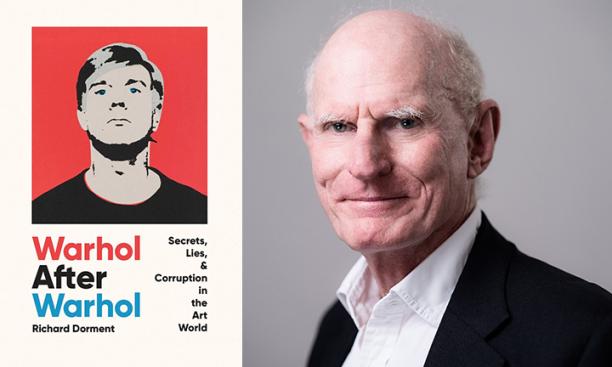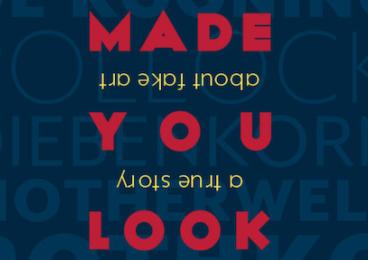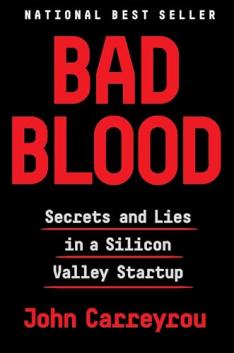
For nearly 30 years, Richard Dorment ’68 was the chief art critic for the British newspaper The Telegraph. A phone call he received in that job led to his new book, Warhol After Warhol: Secrets, Lies, & Corruption in the Art World, a true story about dark sides of the art world told like a detective narrative. PAW asked Dorment to suggest three more books for readers interested in art and scandal, and he suggested these three works that were on his mind as he was writing Warhol After Warhol.

The art market is riddled with fraud, and reading about it is usually pretty tedious. In recent years the Knoedler scandal saw the venerable firm art New York dealers accused of selling paintings they claimed were by Mark Rothko and Jackson Pollock which were in fact painted to order by a Chinese forger working out of a garage in Queens. These sold for Rothko and Pollock prices to collectors so ripe to be deceived that one of them failed to notice the signature on a “Pollock” was misspelled. That made a great Netflix documentary — titled Made You Look — that is being turned into a book with a 2025 publication date, but whether it will also be a gripping read remains to be seen.
Bad Blood: Secrets and Lies in a Silicon Valley Startup
By John Carreyrou
If you are looking for a good old-fashioned — I almost wrote “well plotted” — scandal, the art world may not be the place to start. I recommend Bad Blood: Secrets and Lies in a Silicon Valley Startup by John Carreyrou, a pacey account of the Theranos scandal featuring a charismatic central character in Elizabeth Holmes, a young high-flier who claimed to have invented a machine that could test blood samples instantly by using the few drops produced by a pinprick on the finger.
Her claims sound plausible both to my un-scientific mind and presumably to the suckers who invested millions in her company Theranos without first checking that the technology she invented actually worked. Only gradually do readers learn that the claims made for the machine were medically absurd. One of the book’s strengths is that for much of it the reader is not sure whether the project began in good faith, though by the end we are left in no doubt that Theramos descended into deceit, coverup, and criminality.
I cite Bad Blood several times in my own book Warhol After Warhol, which tells the story of how I stumbled into a multi-million dollar scam incubated in the heart of the one of America’s wealthiest and worthiest institutions, the Andy Warhol Foundation. The two stories have little in common but what they do share is a strong plot line and unforgettable characters. I was not remotely interested in how blood is tested before reading Bad Blood, but the story itself hooked me. I wanted readers to keep reading Warhol After Warhol whether or not they had any interest in Andy Warhol, or even in art.
The Rape of Europa: The Intriguing History of Titian’s Masterpiece
By Charles Fitzroy
My main worry before starting the book was that it focused on a single painting, one of Warhol’s Red Self-Portraits from a series of silk screened canvases he created during the summer of 1965. I wondered whether a whole book about a single painting might put off potential readers. Just then I was reading Charles Fitzroy’s stunningly original study The Rape of Europa: The Intriguing History of Titian’s Masterpiece. Fitzroy looked in detail at every owner of that stupendous picture since the day it left the artist’s studio until it found its final resting place in the Isabella Stewart Museum in Boston. That approach showed me that whatever else they may be, pictures are always historical documents. Titian’s picture was bought by the King of Spain as an intended wedding gift for Charles I of England and Queen Henrietta Maria but over the centuries was moved to collections in France and Spain and finally America. So it is more about collectors and collecting than it is about a work of art. I hope Warhol After Warhol can be said to do the same with the process and ethics of art authentication.


